
J. Georg & Katharine Weinmann, Zion Lutheran Cemetery, Schumm, Van Wert County, Ohio. (2012 photo by Karen)
This is the tombstone of Johann Georg Weinmann [Sr] and Katharine (Karcher) Weinmann, located in row 9 of Zion Lutheran Cemetery, Schumm, Van Wert County, Ohio. The marker is inscribed:
Katharine
Weinmann
Gest. 13 Dez. 1907
Alter 75 J. 3 M. 10 T.
1Cor. 15, 25, 26
J. Georg
Weinmann
Gest. 4, Nov. 1907
Alter 78 J. 14 T.
Rom. 5, 8,9
WEINMANN
Ruhet, Eltern, sanft im Frieden
Hier in dukler Grabesnacht!
Vollendt habet ihr hienieden,
Des Lebens Muehr ist vollbracht.
Translation: Katharine Weinmann, died 13 December 1907, age 75 years, 3 months, 10 days. J. Georg Weinmann, died 4 November 1907, age 78 years, 14 days.
Rest, parents, gentle in peace
Here in dark Grave Night!
You have finished here,
My life is done.
According to Zion Schumm’s records, Johann Georg Weinmann was born 21 October 1829 in Obermodern, Elsass. His wife Katharina (Karcher) was born 3 September 1832 in Schillersdorf, Elsass. Both places are in northeastern France.
According to the 1900 census they both immigrated in 1872. [1] Their son George most likely immigrated with them, because he also reported that he immigrated in 1872. [2]
The family settled in the Chatt area by the end of 1872 and they attended church at Zion Chatt. Johann Georg Weinmann communed at Zion Chatt on Christmas Day 1872. His wife Katharine is mentioned by name in some of the communion records, so we know it is the same family. Their son George was confirmed at Zion Chatt in 1873. Born in 1859, he would have been the right age for confirmation. Johann Georg, wife Katharine, and son George communed at Zion Chatt regularly until 1882, when they probably moved to the Schumm area and transferred their membership to Zion Schumm
According to the 1876 Mercer County map, their 80 acres in Liberty Township was immediately north of Zion Chatt church. [3]
In 1880 the Johann Georg Weinmann family lived at the edge of Chatt and was enumerated near Peter Strabel. There was one child in the family, son George, and all three family members were born in Alsace. Johann Georg was a farmer. Their household in 1880: John George, 50; Katharine, 47; and George, 20. [4]
Sometime between 1880 and 1900 the Johann Georg Weinmann family moved to Willshire Township, Van Wert County, where Johann Georg continued to farm. They lived very close, if not next door, to my great-great-grandmother Maria (Sekel) Breuninger, widow of Louis Breuninger. The Johann Georg Weinmann family in 1900, enumerated as Wyman: John G, head, 70, born October 1829 in France; Kate, wife, 67, born September 1832 in France. The couple had been married 50 years and she had given birth to one child who was still living. They both immigrated in 1872 and Johann Georg was naturalized. They had a farm and owned their home, free of a mortgage. They both could speak English, Johann Georg could read and write, but Katharine could do neither. [1]
Johann Georg died 4 November 1907, at the age 78 years and 14 days. He was buried on the 6th. The church records note that he was buried after a Christian service. He was survived by his with Katharina and son George Weinmann.
His widow Katharine died of pneumonia in Schumm less than a month later, on 13 December 1907, at the age of 75 years, 3 months, and 10 days. She was buried on the 15th and was survived by her son George Weinmann.
[1] 1900 U.S. Census, Willshire, Van Wert, Ohio, ED 97, p.10, dwelling, 207, house, 222, John G Wyman; Ancestry.com (https://search.ancestry.com/search/db.aspx?htx=List&dbid=7602&offerid=0%3a7858%3a0 : viewed 2 Jul 2018).
[2] 1900 U.S. Census, Willshire, Van Wert, Ohio, ED 98, p.11, dwelling 218, family 223, George Weimann; Ancestry.com (https://search.ancestry.com/search/db.aspx?htx=List&dbid=7602&offerid=0%3a7858%3a0 : viewed 16 Jul 2018).
[3] Note by kmb: One J. Wineman owned about 70 acres of land in Section 3, Liberty Township, located on the northeast corner of Tama and Wabash Road, with their house off Tama Road. This was a different family because this land was still owned by Wm. Weinman about 25 years later. This Weinman family attended Zion Chatt at one time and the wife’s name was Rosina (Weinman). I do not know if they were relatives of the Weinmanns who moved to Schumm.
[4] 1880 U.S. Census, Liberty, Mercer, Ohio, ED 188, p.472C, dwelling 18, family 19, John G Weinman; Ancestry.com (https://search.ancestry.com/search/db.aspx?htx=List&dbid=6742&offerid=0%3a7858%3a0 : viewed 16 Jul 2018).

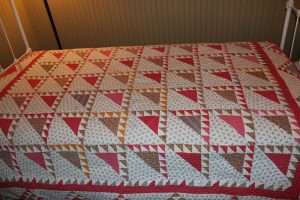
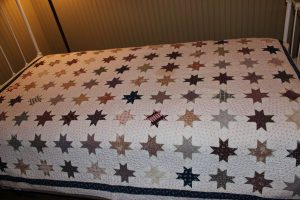
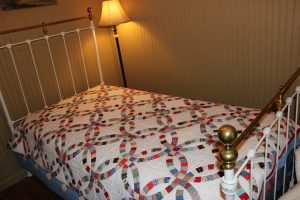
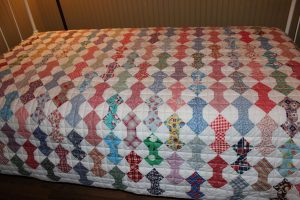
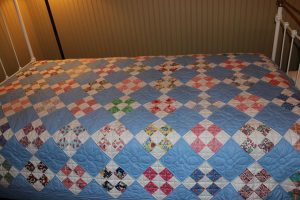
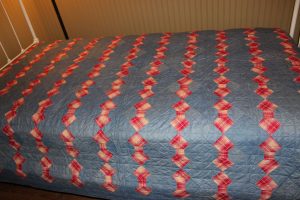
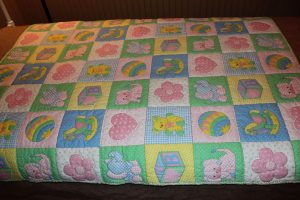
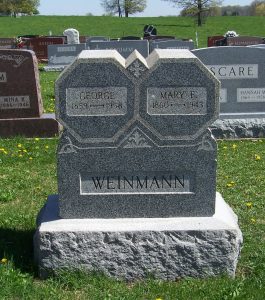
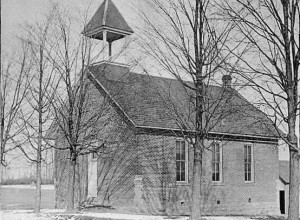
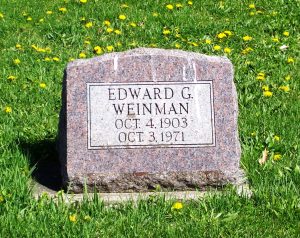
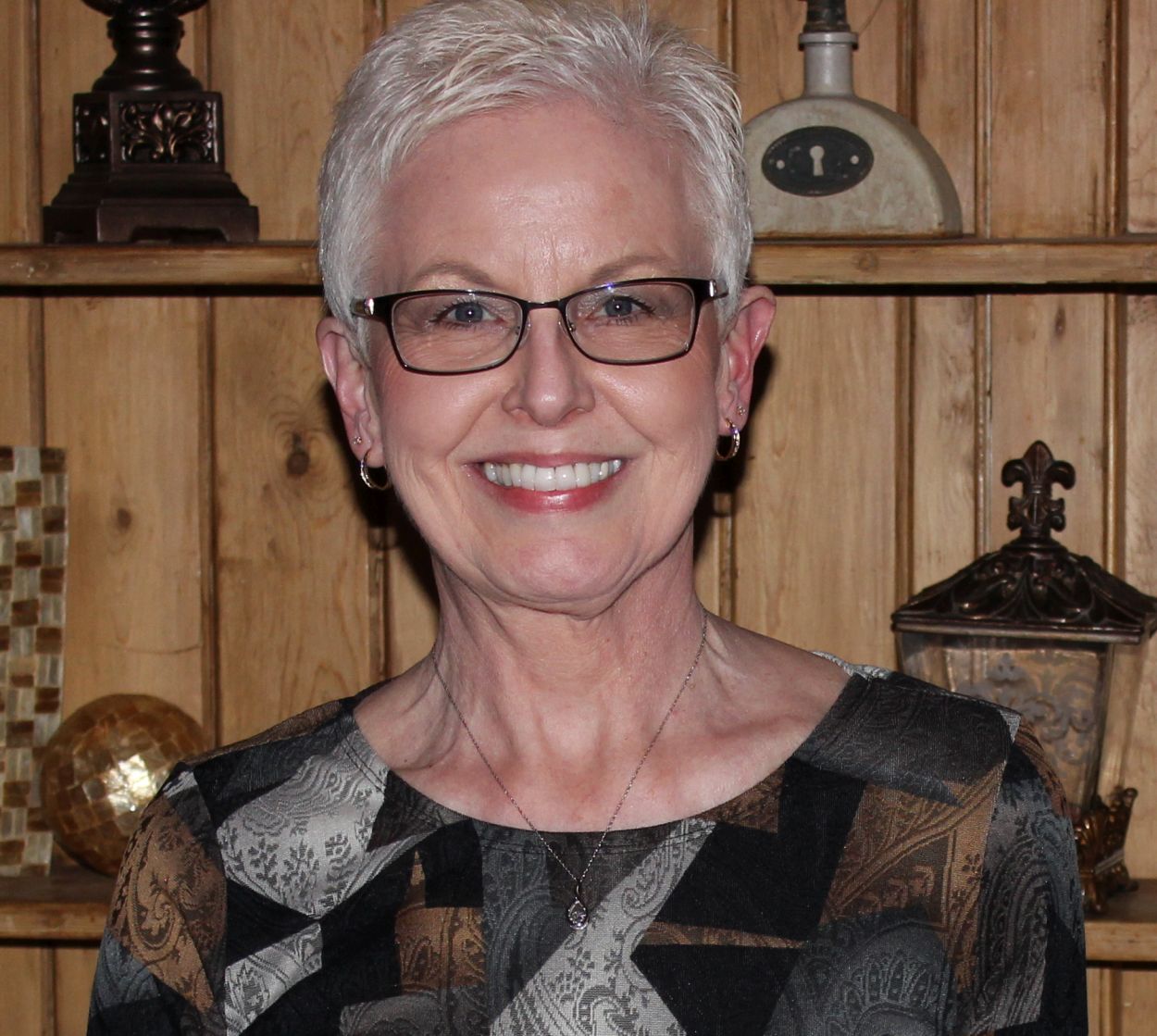
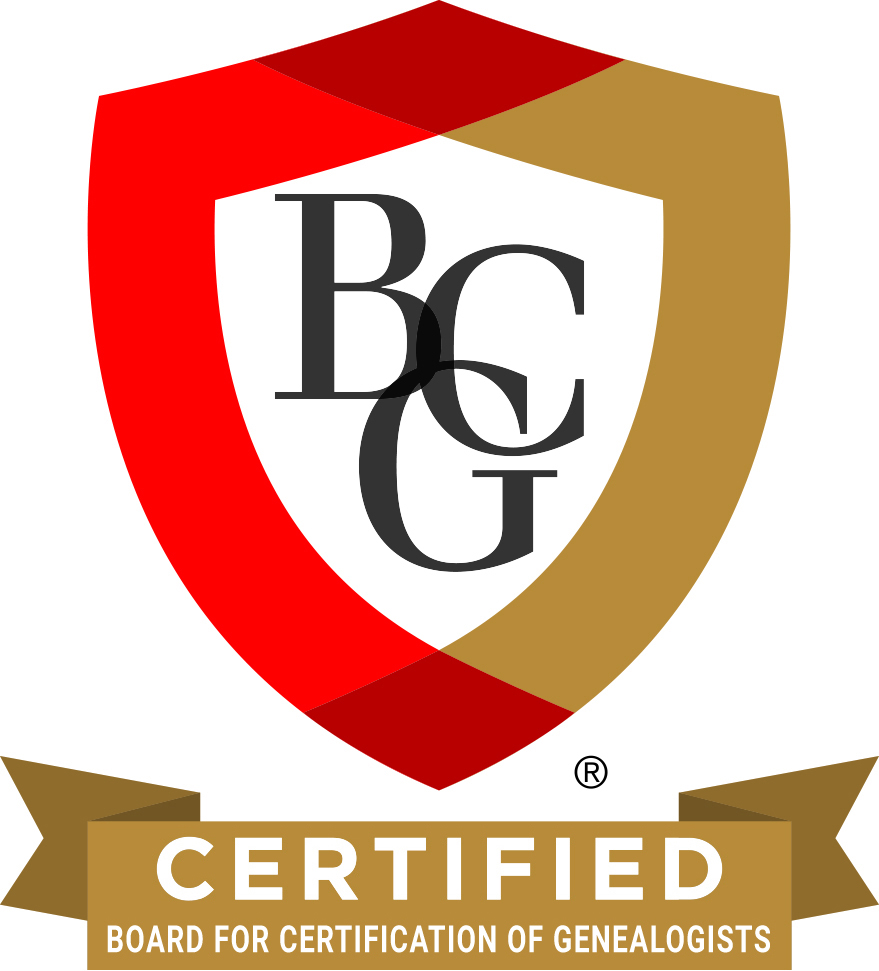
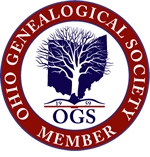

You're welcome, Karen. I'm still working on this also. Thank you so much for all of your wonderful Mercer County…
Very interesting and great picture (I had neersee before) of the church! Thanks for sharing this, Karen.
Ha! I see why you say that. Your original surname was probably something similar to Schmitt.
Thank you for letting me know.
I guess he could have picked a worse name lol, Thanks Karen